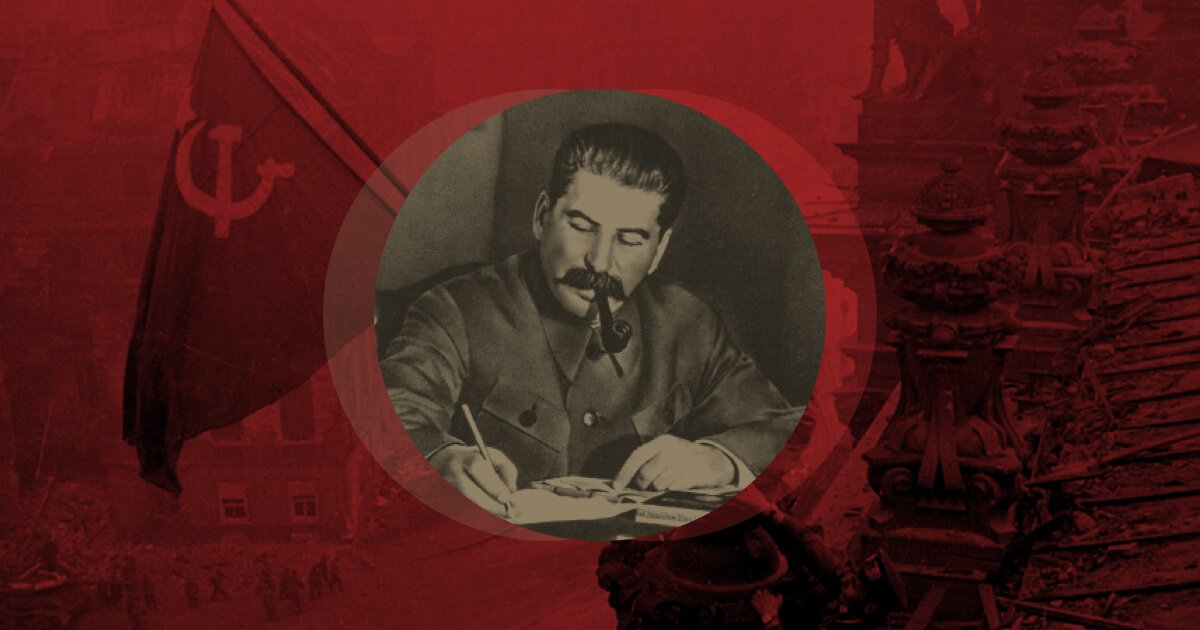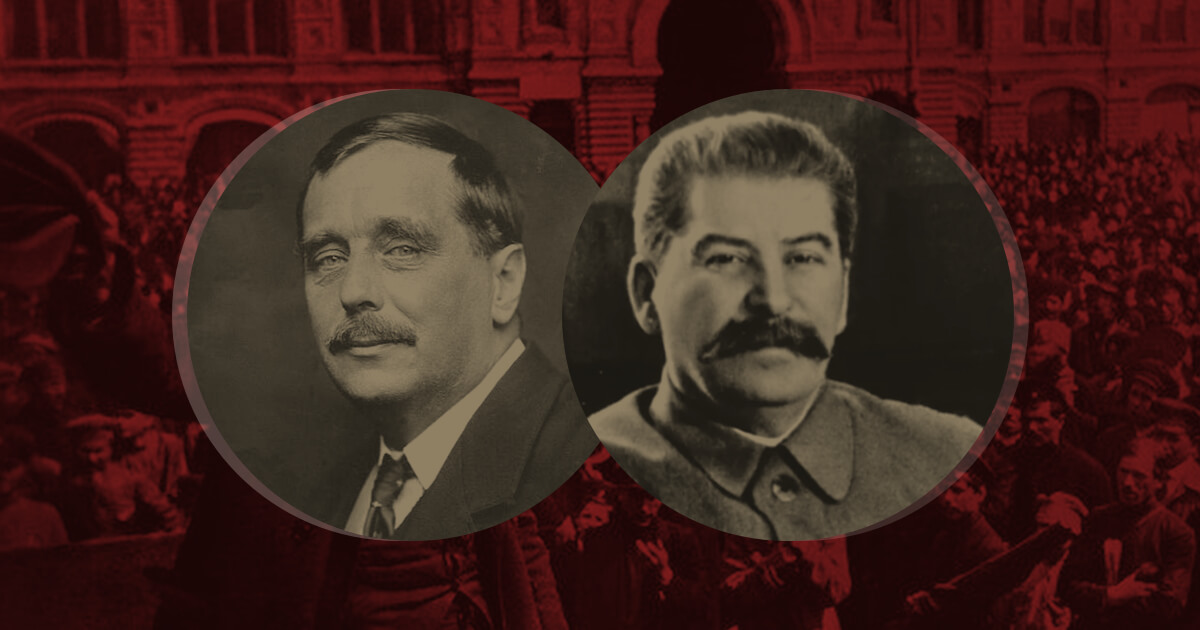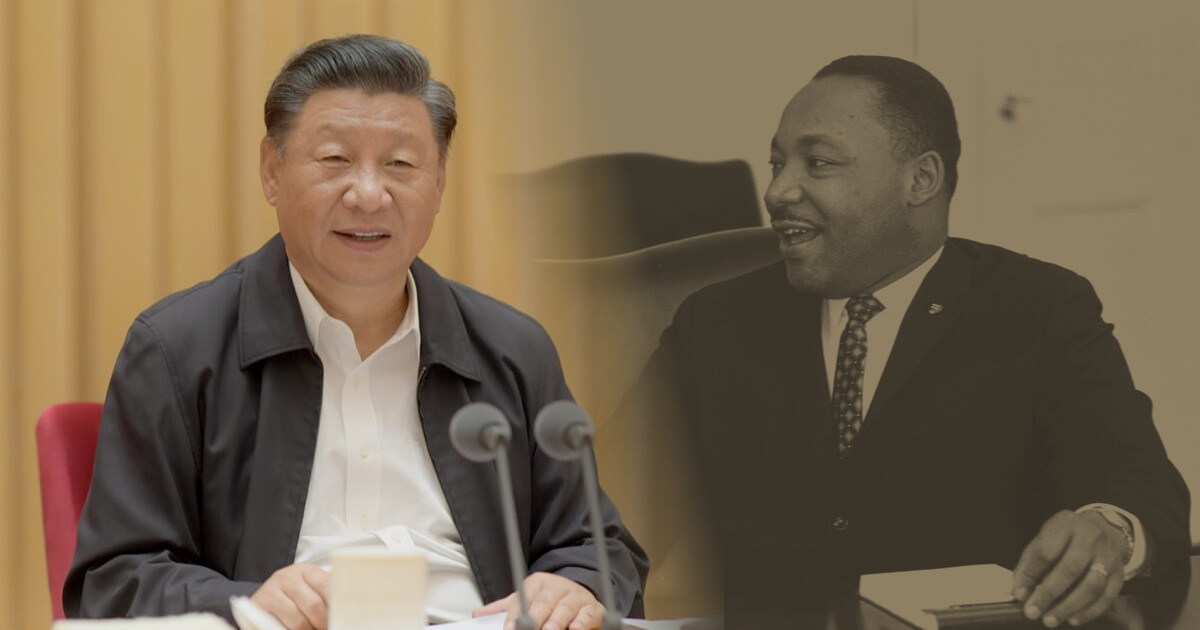Comrades, brothers, and sisters,
As we gather today in Hanoi, Vietnam, less than two months before we enter 2023, the weight of this historical moment has been reflected in all of the sober analysis and passionate calls to action to meet the epoch-changing circumstances and conditions that what might be the final period of the Western Imperialist crisis that confront collective humanity.
We say final because the intensification of the contradictions of the global colonial/capitalist project that first made its appearance on the world stage in 1492, has reached a point in the historical dialectic where either a new epoch of economic and social conditions will emerge that will transcend and bring into being new ethics, new social-economic conditions, and new social institutions and structures dedicated to life and new forms of existence, or, the desperate attempts by international capital, through its control of various states that give it its enormous power to destroy collective humanity, will do just that, i.e., will destroy human life on our planet before it allows itself to sweep into the dustbin of history.
This is what makes this historic moment more unique than any other historical moment since 1492, when Europe began its conquest of the territory that became the Americas, and created, through that conquest and the African slave trade, the material basis for what also became Europe or the “West.”
That conquest and plantation slavery informed what Marx correctly understood as the pedestal for the emergence of capitalism and the eventual global imposition of the capitalist system through the mechanism of colonialism. It is the contradictions of this historical process that we are forced to grapple with today.
It is this material reality and the contradictory logic of imperialism at the present conjuncture that must inform our understanding of the revolutionary tasks we face.
The international bourgeoisie, under the leadership of U.S.-based capital has declared war on collective humanity — and it does not hide its intent.
Year after year it openly declares its commitment to U.S. and Western global hegemony in documents shared with the public! In its National Security Strategy and National Defense Strategy papers, it has never wavered from its commitment to global “Full Spectrum Dominance,” which emerged as strategy in the 1990s when the U.S. found itself without an international rival as a result of the successful counterrevolution in the Soviet Union led by the chauvinist “great Russians” that Lenin was always concerned about.
In October of this year, that process continued with the Biden administration’s release of the 2023 National Security Strategy and the National Defense Strategy documents.
That is why for anti-imperialists there can be no confusion regarding the primary enemy of humanity.
The abstraction of something referred to as “world imperialism” must be rejected. Nowhere there is any equivalency with Western imperialism under the leadership of the U.S., with its over 800 bases and thousands of “defense sites,” and a military budget that is larger than the military budgets of the next nine nations combined. The U.S. and Western imperialism represent the primary global contradiction that constitutes an existential threat to human life on our planet.
The historic task and responsibility for anti-imperialists should be clear for no other reason than that the enemy has declared its tasks, its programs, and its objectives that it intends to realize in order to maintain its capitalist global hegemony and the parasitic colonial/capitalist system.
It is clear who the enemy is, and so we must be clear, too. We are at war with imperialism and our task, therefore, is to win.
For the U.S. Peace Council (USPC), where I serve as a member of its Secretariat, it is also clear that while the USPC continues to build tactical unity with liberal and pro-peace organizations and movements who do not share our analysis of the objective forces that are driving the U.S. and Western war machine, we believe it is also necessary to struggle with those forces in order to move them away from the abstract, idealist framework which can easily be manipulated by imperial propaganda — with Ukrainian war being one of the most dramatic examples.
However, while there is strategic value in waging struggles within the pro-peace and anti-war movements, we understand that the development and consolidation of a more effective anti-imperialist movement that has deep roots in the working classes and anti-colonial movements must be the strategic priority.
And to accomplish that, we must be prepared to successfully wage the ideological war.
Hybrid War
Hybrid war is real. From illegal economic sanctions, political subversion, and coups to proxy wars and direct military confrontation, the basis for either popular support or lack of opposition (same political effect) from the public can only be understood as a result of one of the most effective elements of hybrid warfare — the ideological weapon.
When George Kennan worked at the U.S. State Department at the end of the second imperialist war, known as World War Two, he concluded that with the emergence of the U.S. and the Soviet Union as the two great powers at the end of the war, representing two different social systems, antagonistic competition would characterize the relationship between the two nations.
As the strategy for managing that competition and, from the perspectives of policy makers in the U.S., the victory of the U.S. over the Soviet Union, Kennan advanced what became known as “containment.”
But unlike the popular belief that containment was mainly a doctrine of military containment, the strategy had at its center an understanding of the fundamental importance of ideology. In other words, Kennan identified ideological struggle as a key component of his strategy of containment.
What is important to note for our conversation here is that the ideological war was not just something that had to be fought abroad, but that it also had a domestic component. The confrontation with the Soviet Union in the battle for global hegemony meant that domestic ideological conformity was also necessary. This was the rationale for the McCarthy period of domestic repression in the U.S. in the early 1950s.
And while we don’t have the time here to go into all of the brilliant ideological innovations produced by imperialism since that time, it is noteworthy to mention that two of the most innovative, interrelated frames that were ever produced were the idea of “humanitarian Intervention” and its corollary the “responsibility to protect.” Purely genius: playing on liberal paternalism in the form of white saviorism and utilizing an almost reflexive anti-authoritarianism — at least as it is expressed supposedly in non-European nations. Authoritarianism is at the center of the capitalist dictatorship in the U.S., but that reality appears to be below conscious awareness.
The Disappearance of Anti-imperialism in the West
Bourgeois propaganda scored an amazing ideological victory with the end of cold war in the 1990s. They were able to almost eliminate the frame, and even the awareness, of imperialism, not only from popular discourse but also from left discourse ! Imperialism was given an innocent and benevolent face with concepts like humanitarian intervention and its corollary, the responsibility to protect.
This while the neoliberal project was consolidating and extracting devastating consequences on the lives and nations in the global South; consequences that were sharpening the ongoing parasitic structural contradictions between the South and Northern colonial nations and would erupt in popular opposition in the 2000s, especially in places like Latin America.
But for the left in the U.S., the ideological weapon resulted in pushing the left to the right . Here is a dramatic, but fairly typical position among a growing sector of the “left” in the U.S. regarding the war in Ukraine and U.S. competition with Russia and China.
In an article in Socialist Forum, one of the publications of the social democratic left, entitled “Breaking Camp: The US Left and Foreign Policy after the War in Ukraine,” Georgetown University Professor Greg Afinogenov argues that “the left” must abandon its opposition to American imperialism in order to confront Russia and China.
Economic sanctions, Afinogenov writes, “will not be enough to compel a retreat, let alone to overthrow Putin, and Ukrainian leaders themselves have lost hope in NATO protection.”
But while many are retreating, we must instead prepare our forces for even more intense struggle.
As the Black Alliance for Peace has correctly stated, “Peace is not the absence of conflict, but rather the achievement by popular struggle and self-defense of a world liberated from the interlocking issues of global conflict, nuclear armament and proliferation, unjust war, and subversion through the defeat of global systems of oppression that include colonialism, imperialism, patriarchy, and white supremacy.” We do not fight for ideas in people’s heads, we fight the structures of oppression.
Anti-imperialist revolutionaries are rational. We love peace and believe in the possibilities of the human family once freed from the anti-people and anti-life project of capitalism and the rule of the global capitalist dictatorship. But the dictatorship of capital has declared war on the people. And, as a rational people, we must not only respond but must advance our forces strategically to strike at the heart of this monster.
We did not choose this war, but we cannot afford to lose it either.
History demands: Turn Imperialist wars into wars against imperialism
“Now is the time to throw off all hesitation, open up new fronts of struggle and launch every protest, demonstration, and anti-imperialist action – from the ballot box to the barricades – as an act to deepen crisis of imperialism.” (Black is Back Coalition, USA)
Onward to victory,
For the people, for the Planet and for Peace!!
All Power to the people!!
Presented at the World Anti-Imperialist Conference in Hanoi, Vietnam on November 25, 2022. Republished with permission from Black Agenda Report. Photo: Public Domain; Defense Visual Information Distribution Service.














